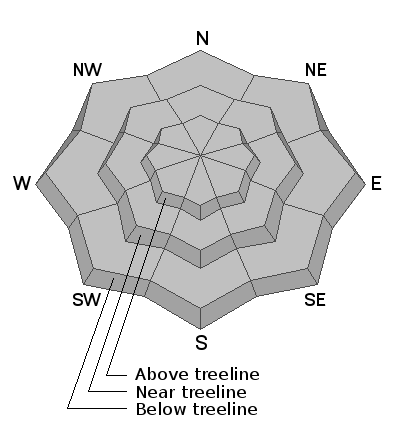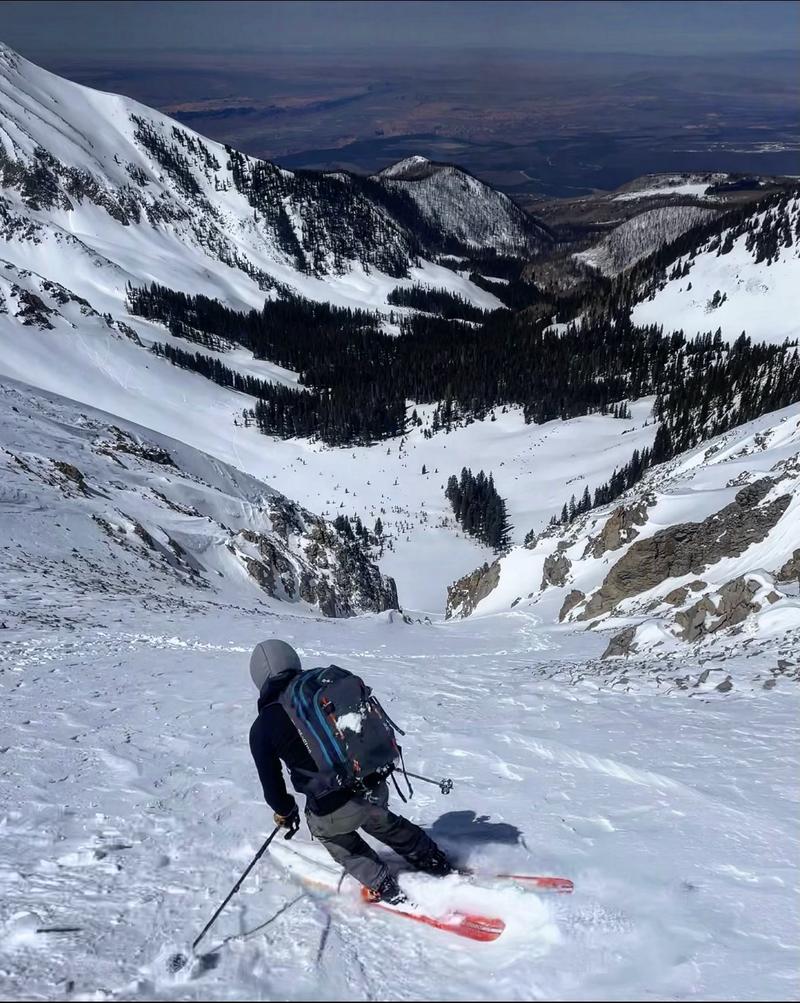We're through issuing regular forecasts for the season but will update through the month with a general conditions report as significant weather conditions dictate. I would like to give a huge shout out to all who supported operations this season. This includes everyone who regularly used the forecast to stay safe; our local business sponsors Moab Gear Trader, Talking Mountain Yurts, and ROAM Industry; Mammut, Black Diamond Equipment, Voile, and Arva for setting us up with the gear we need to do our job; the Manti-La Sal National Forest for their tremendous support of this program; and last but not least, our great local community and crew of dedicated observers who provide vital information and assistance throughout the season. Thanks everyone, see you next winter!
Get current and past 24-hour readings from these real-time weather links.
Snowpack Discussion
Wind and warm temperatures have created variable, springtime conditions. Most surfaces are sun and or wind crusted with the effects of heat even creeping up into the higher north faces. The snowpack is largely transitional and we haven't gone into a corn cycle since the last snow on April 12. Remain on the lookout for isolated wind slabs in the high country where even a small avalanche could be dangerous in consequential terrain. As things warm up you'll need to be alert to signs of loose wet instability such as rollerballs and pinwheels, and sloppy wet snow. Get off of, and out from under steep slopes if they become wet and sloppy.










